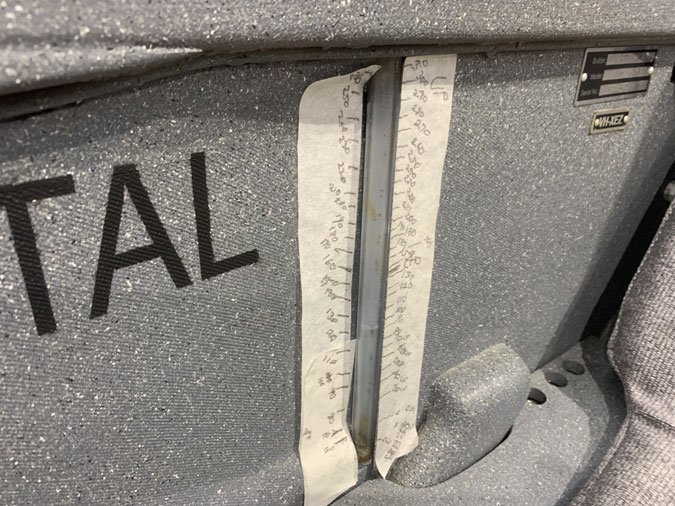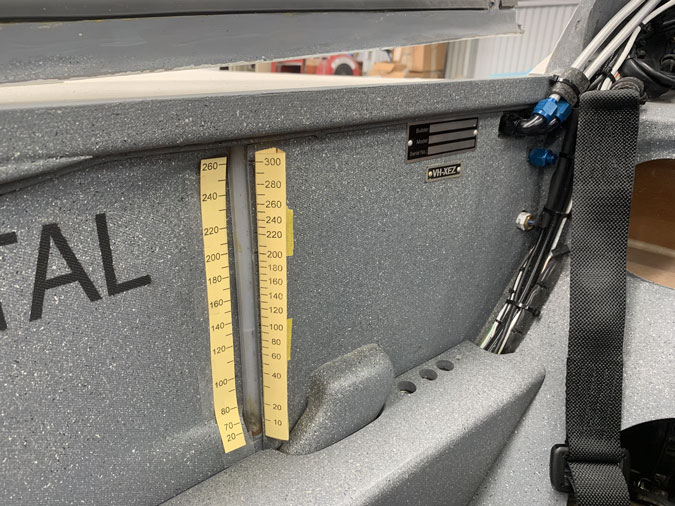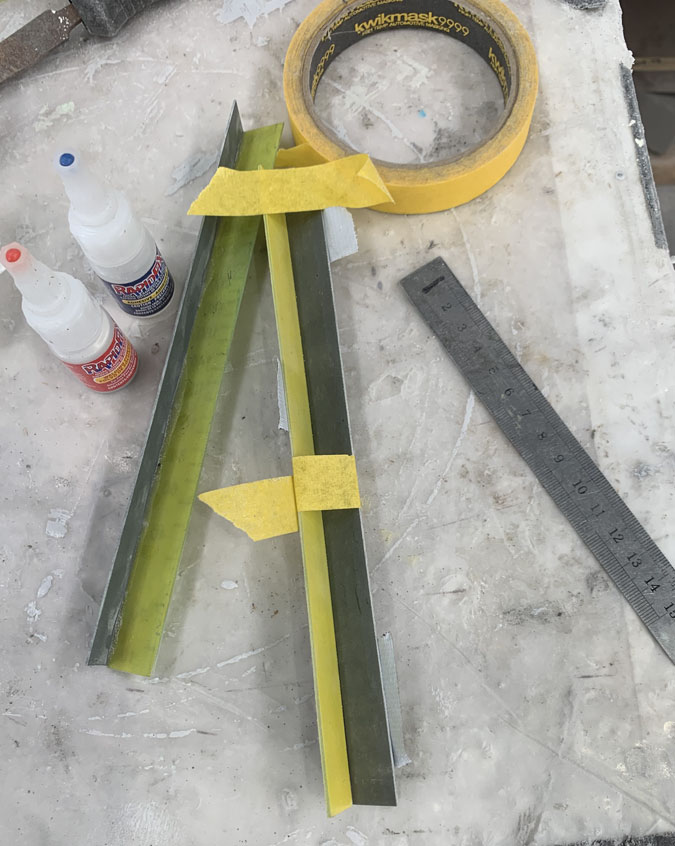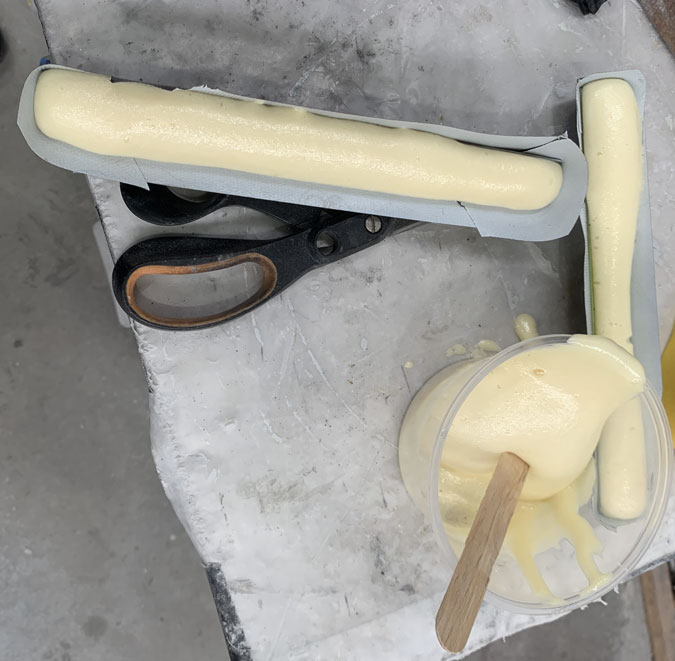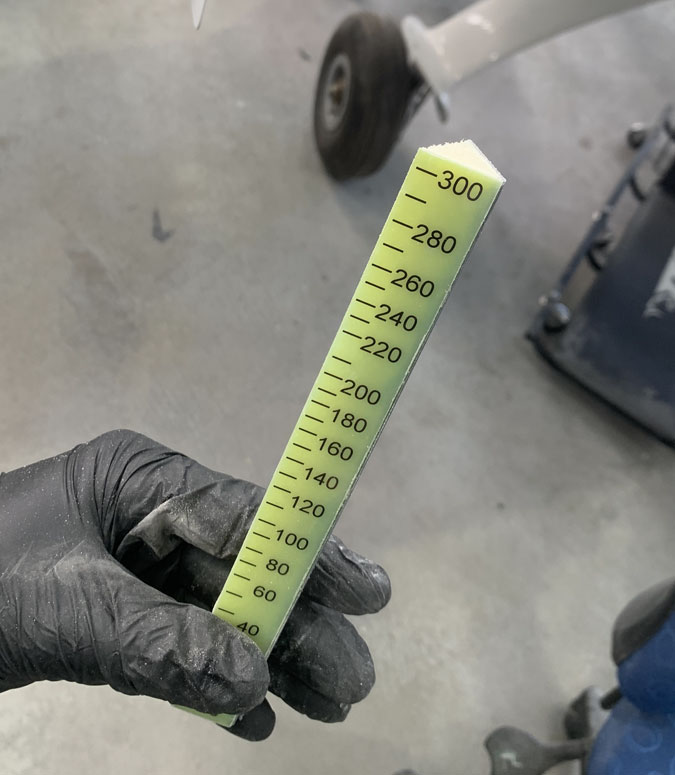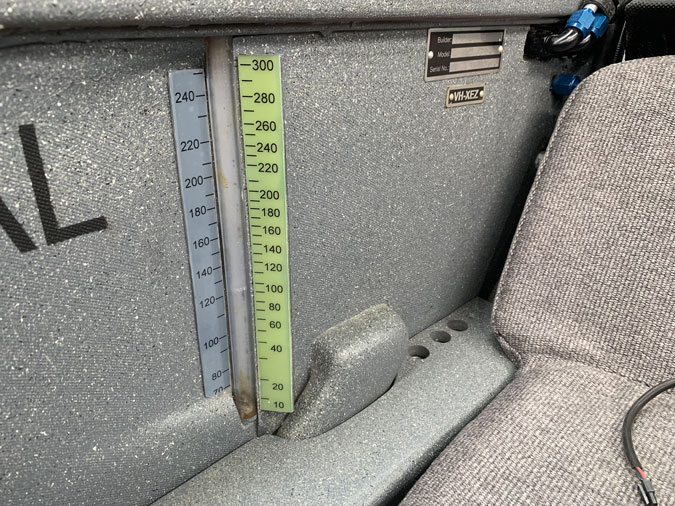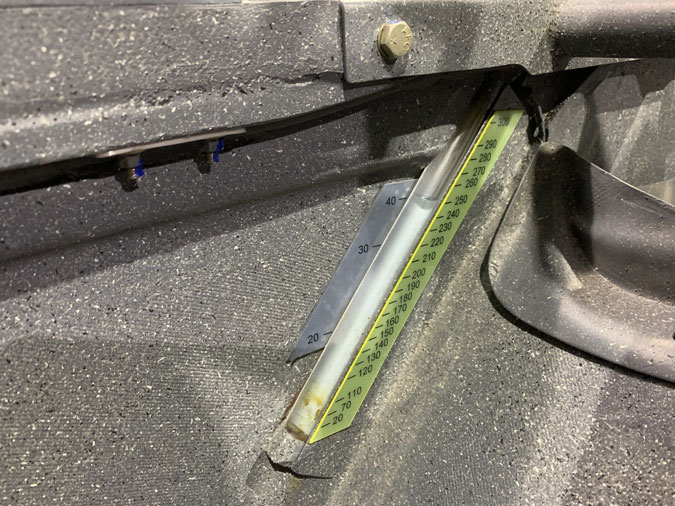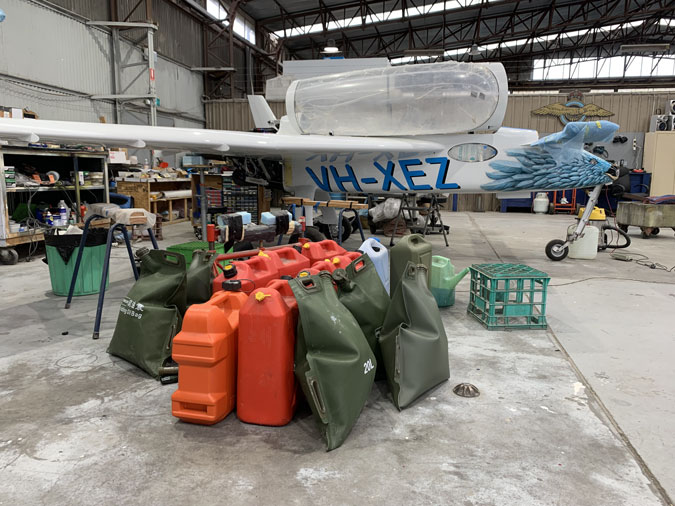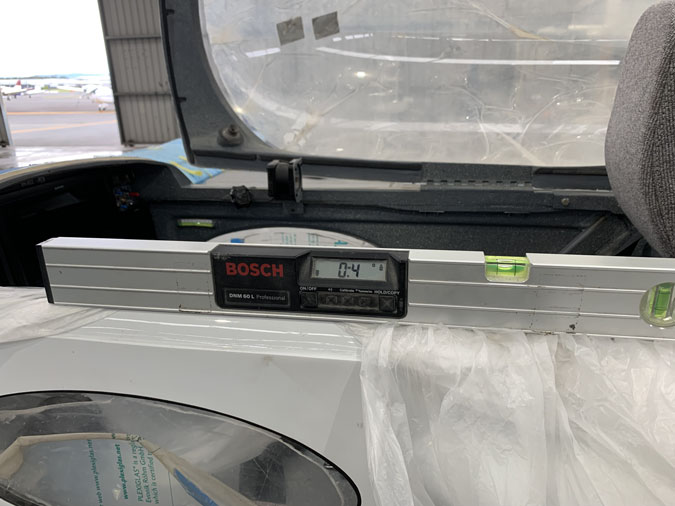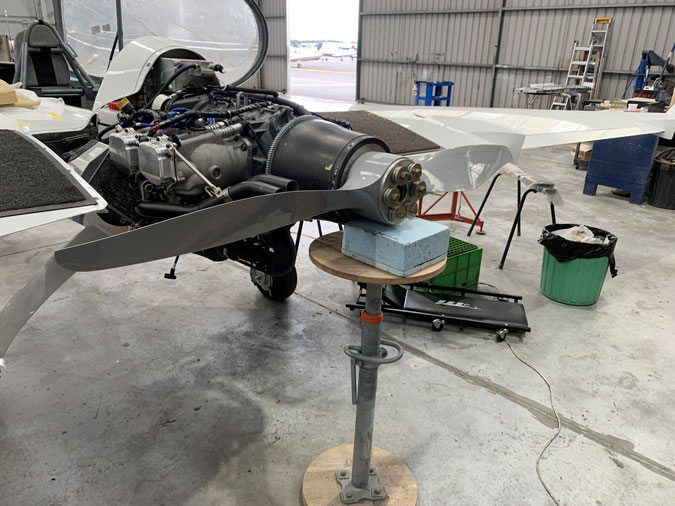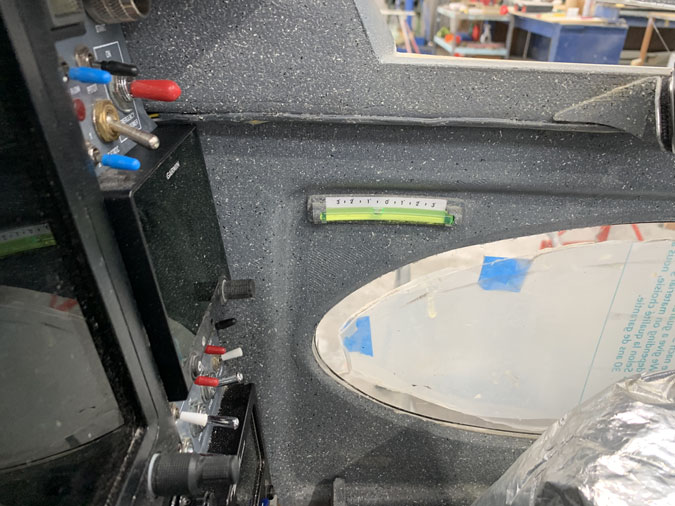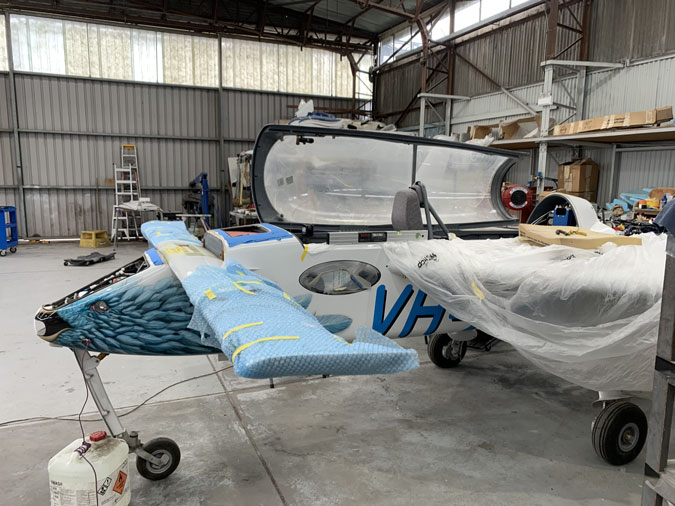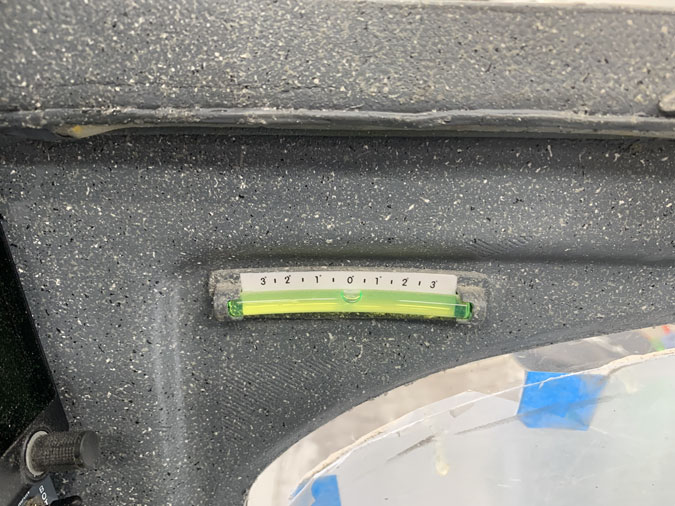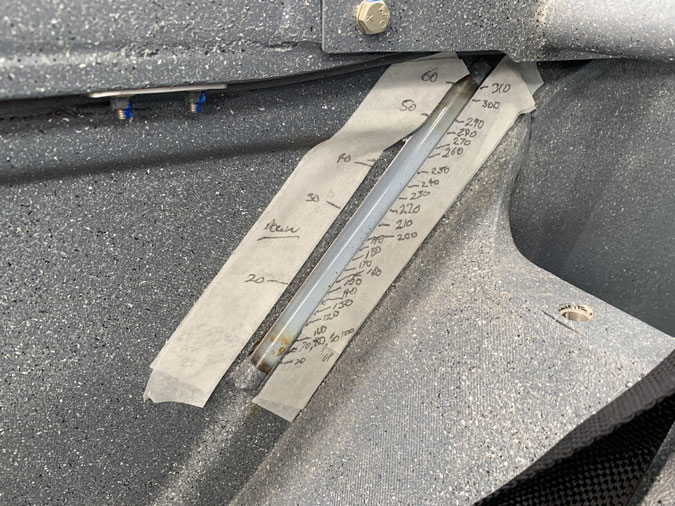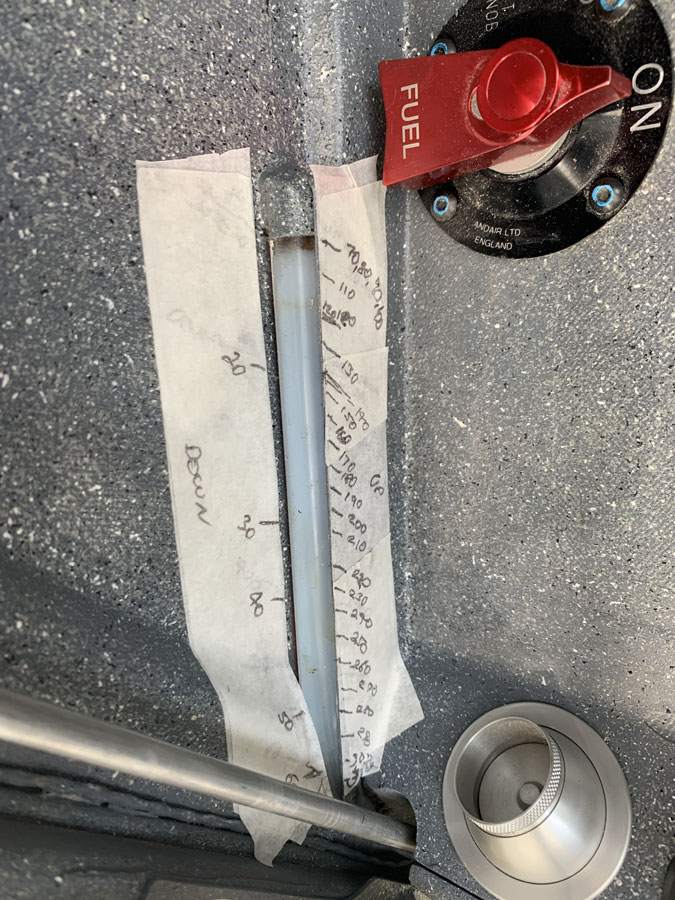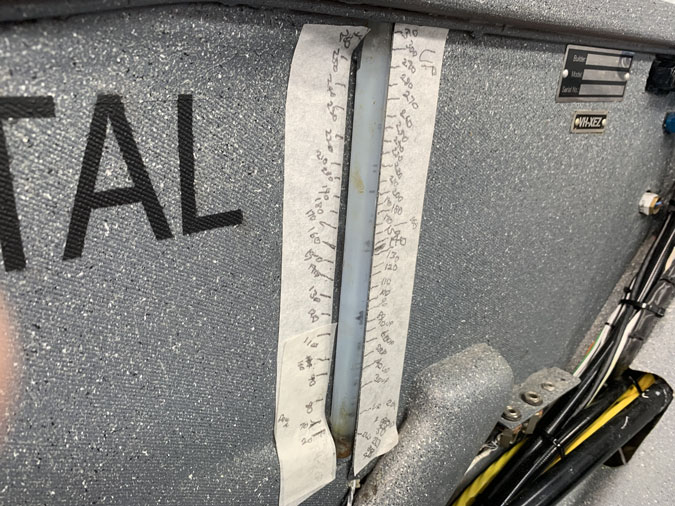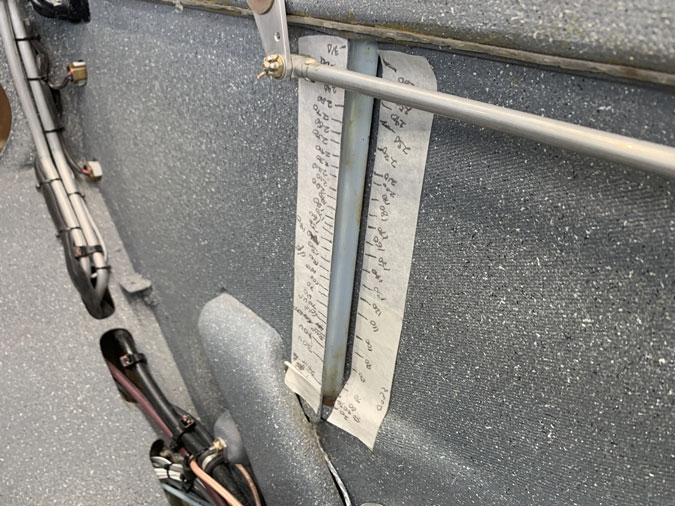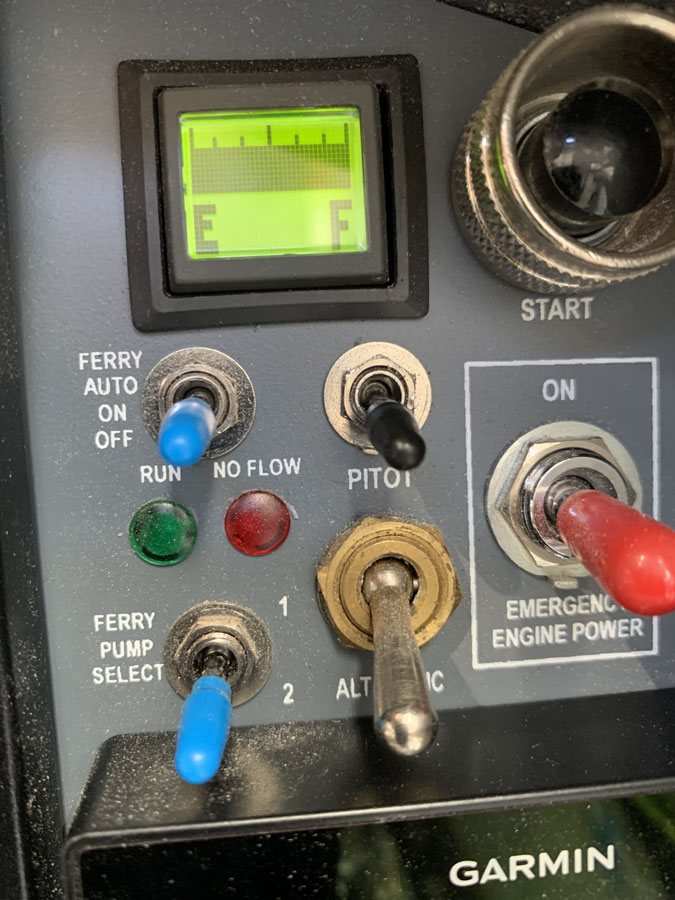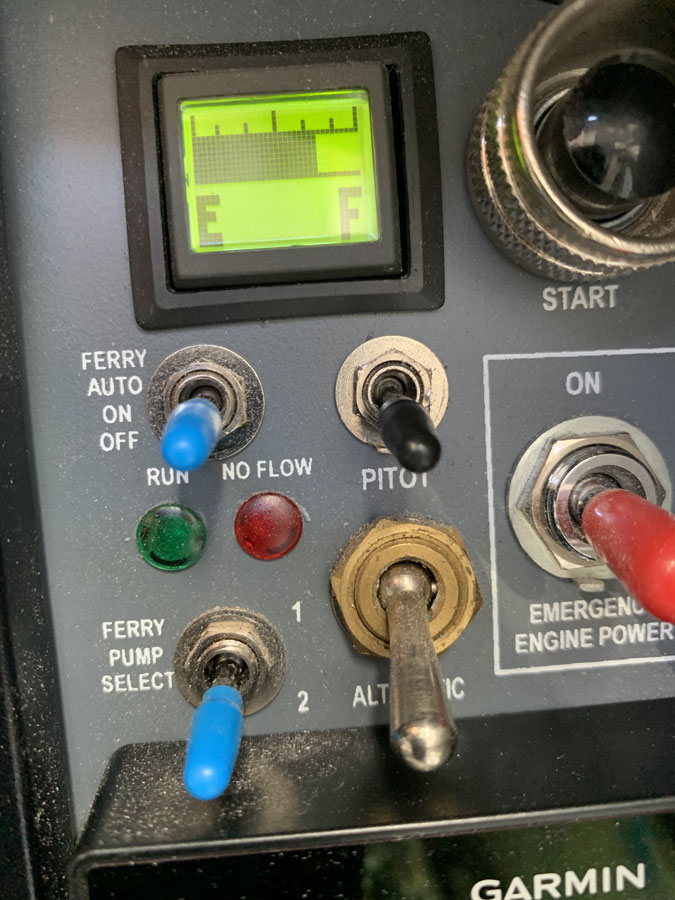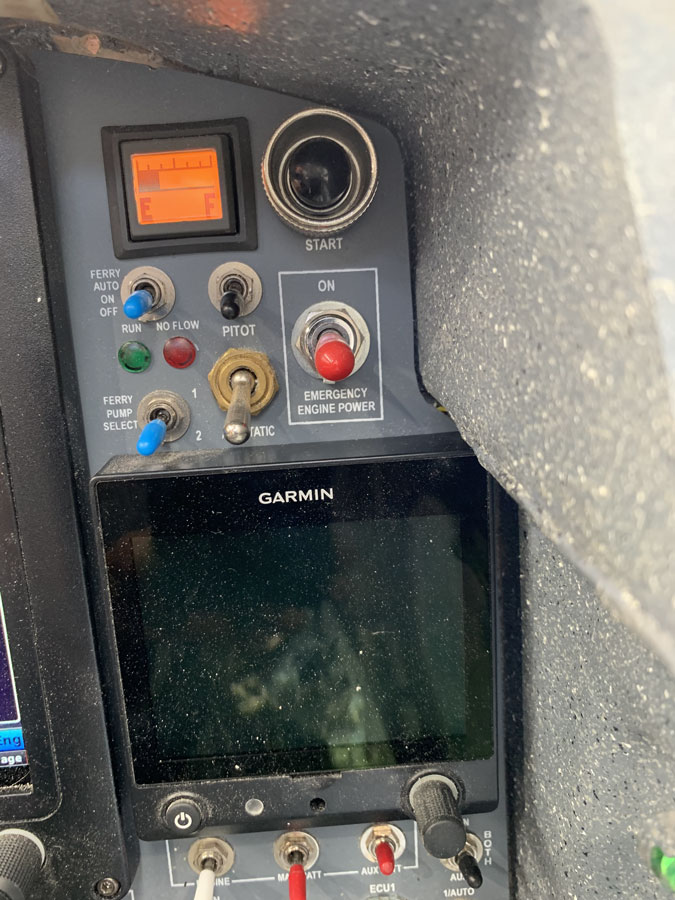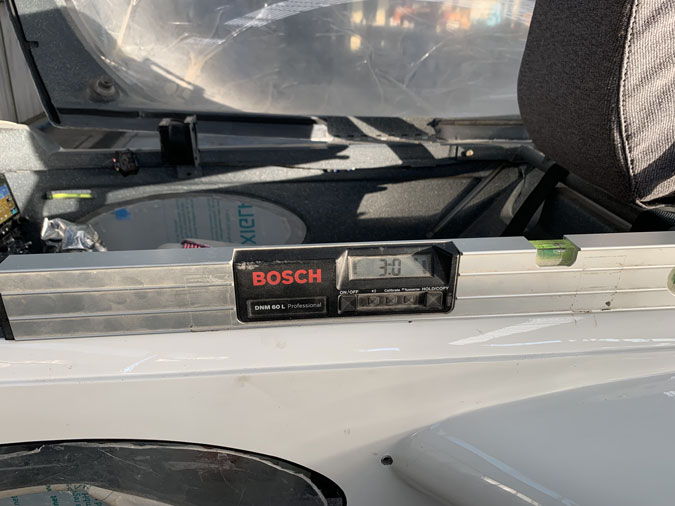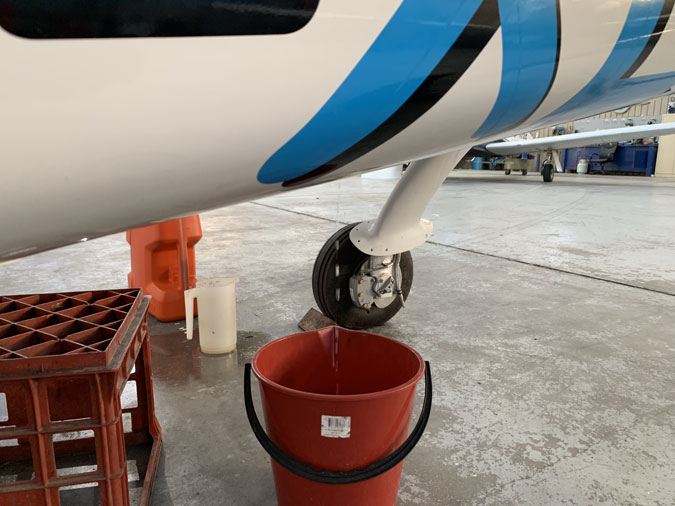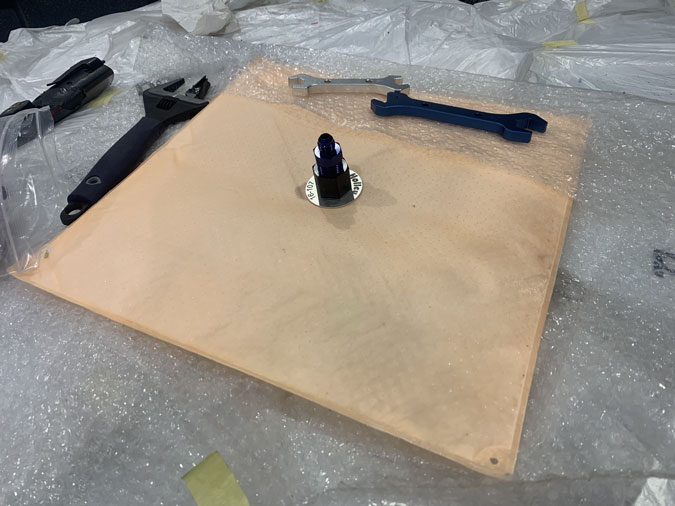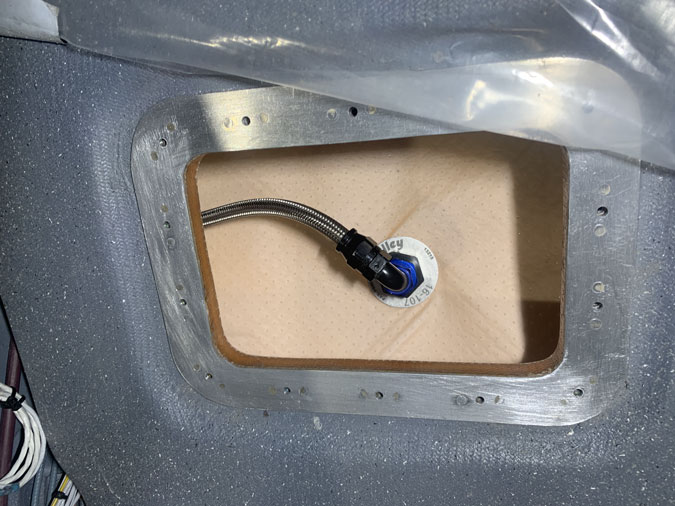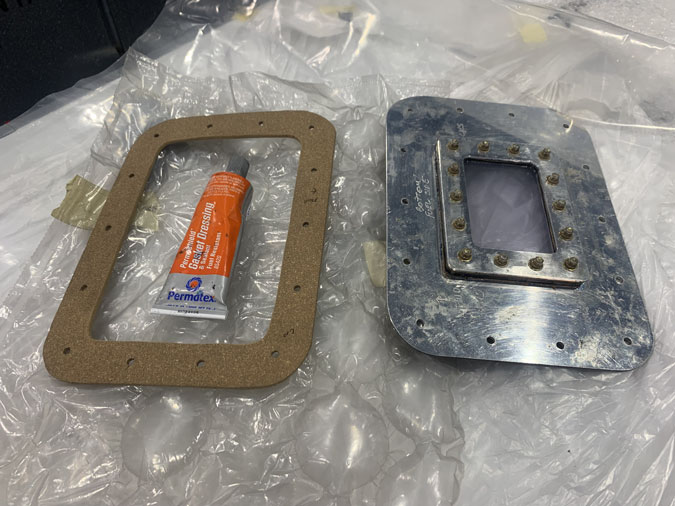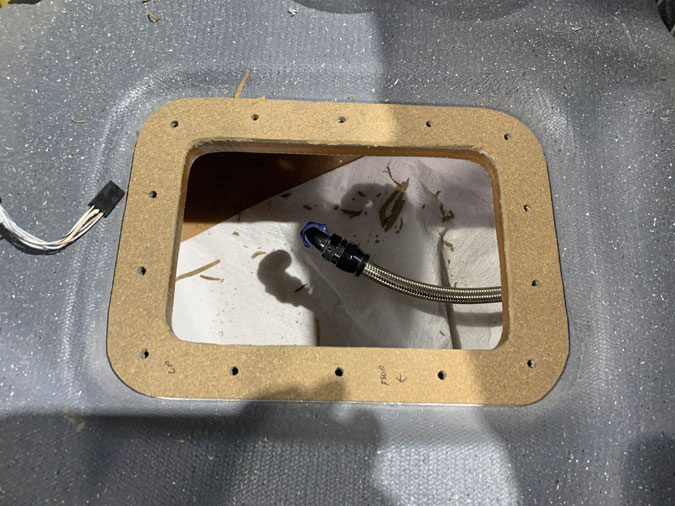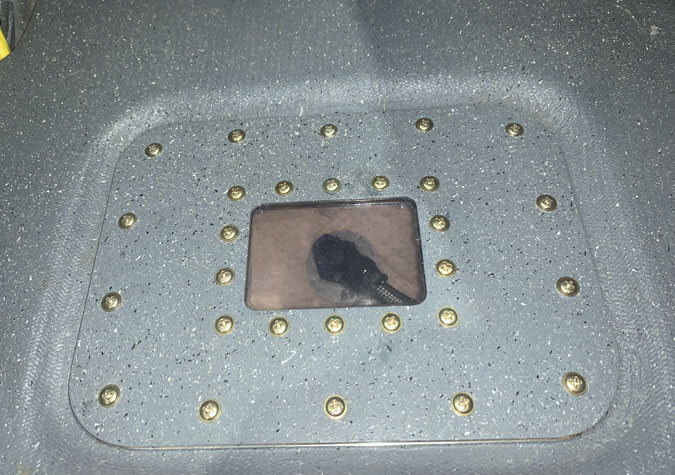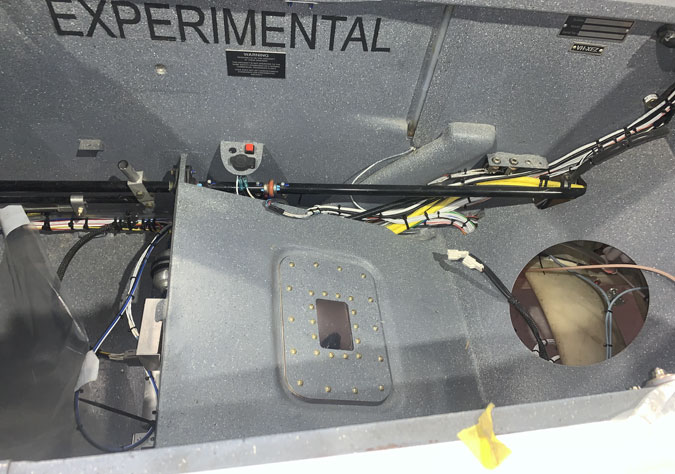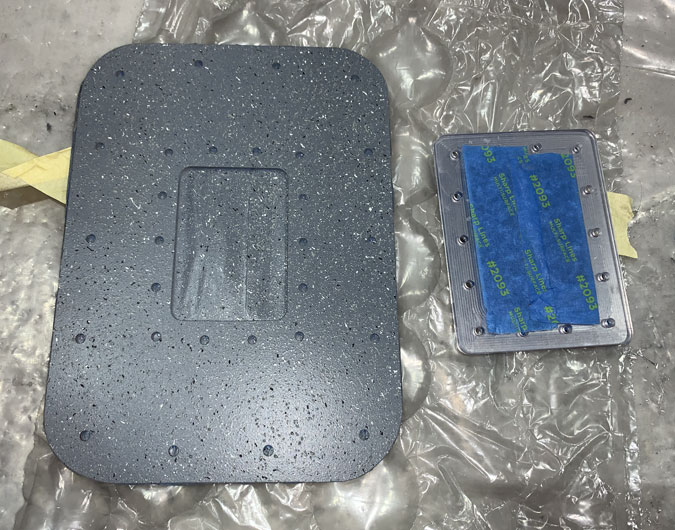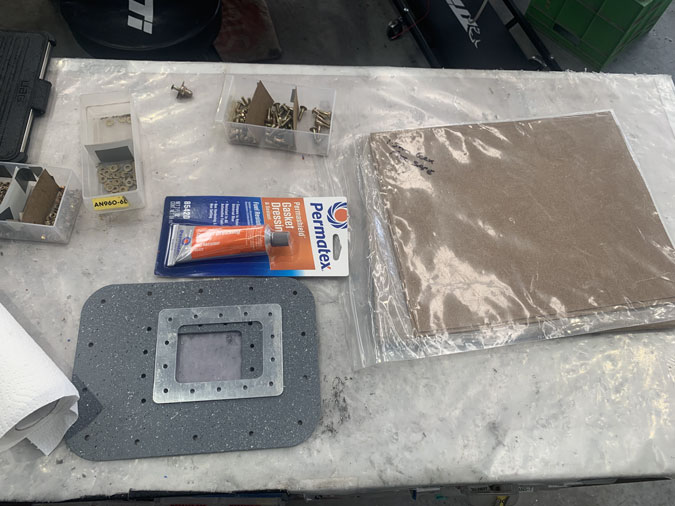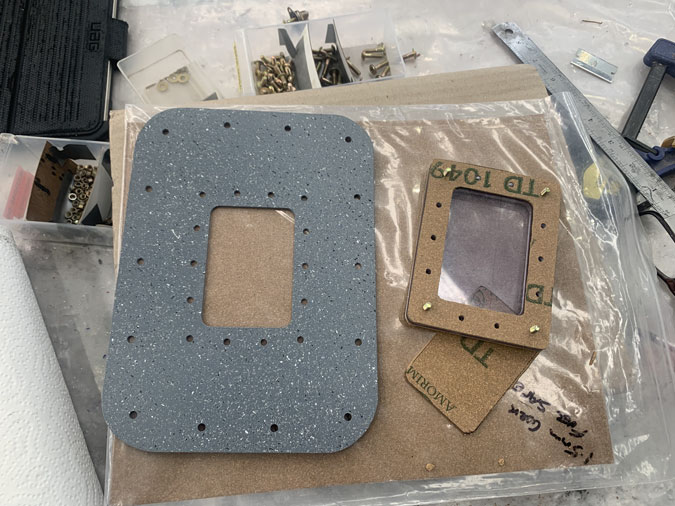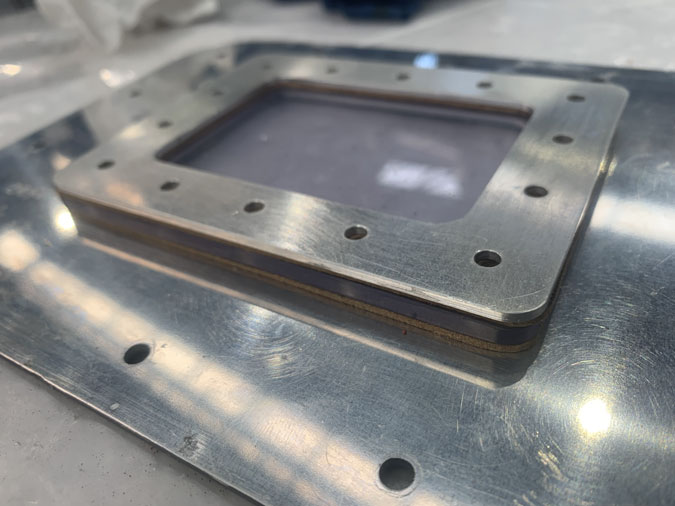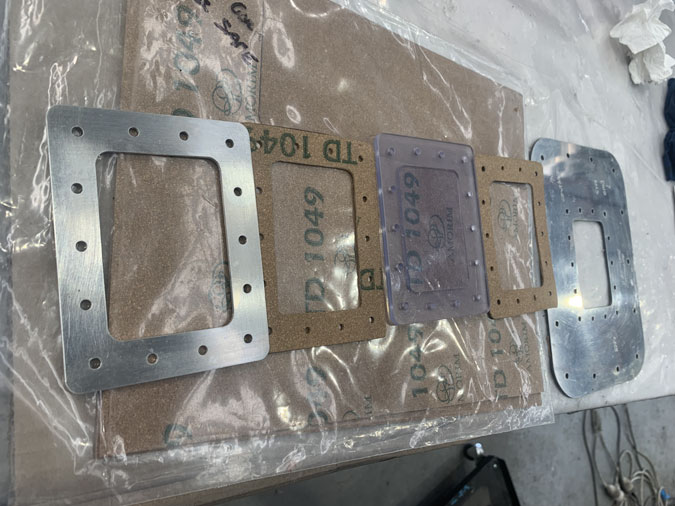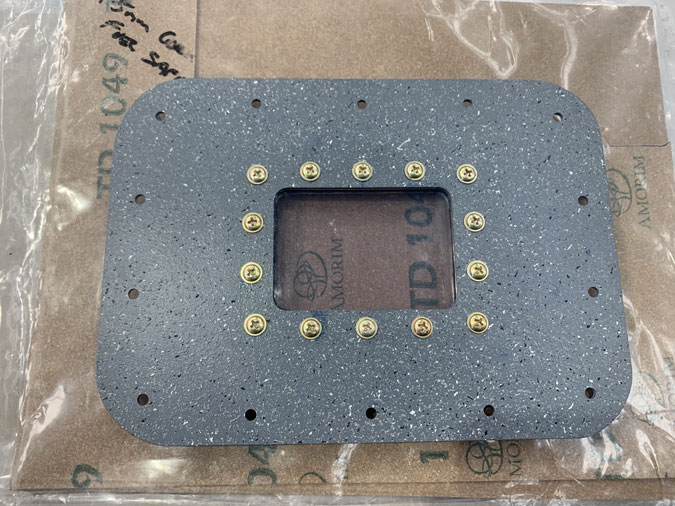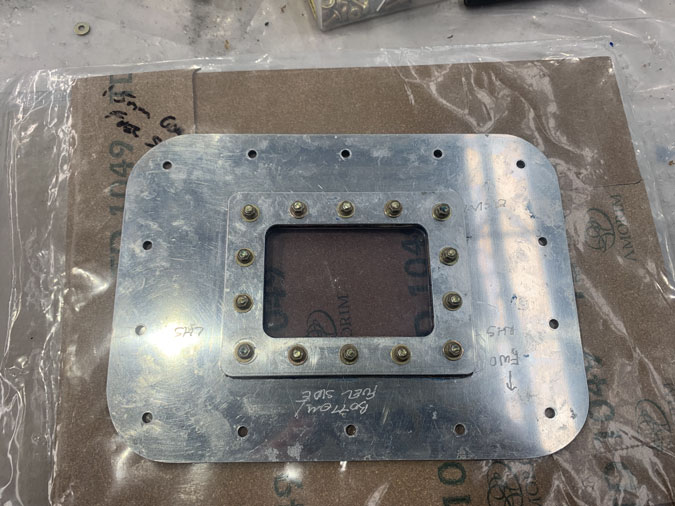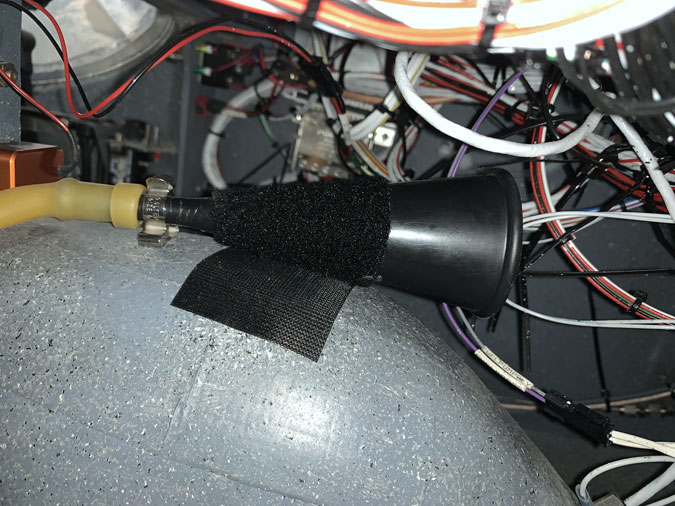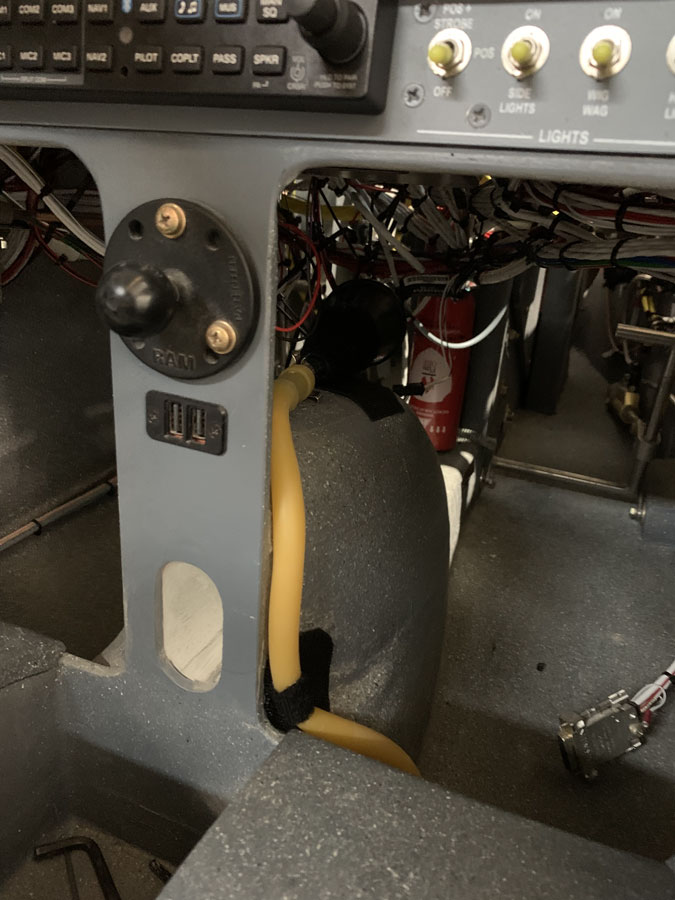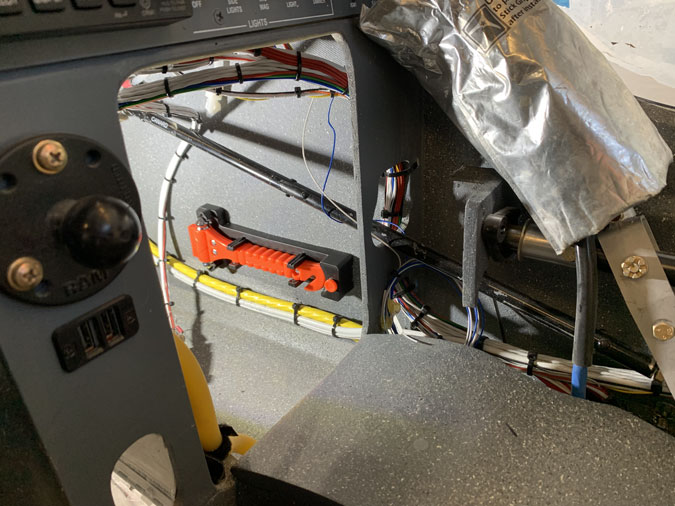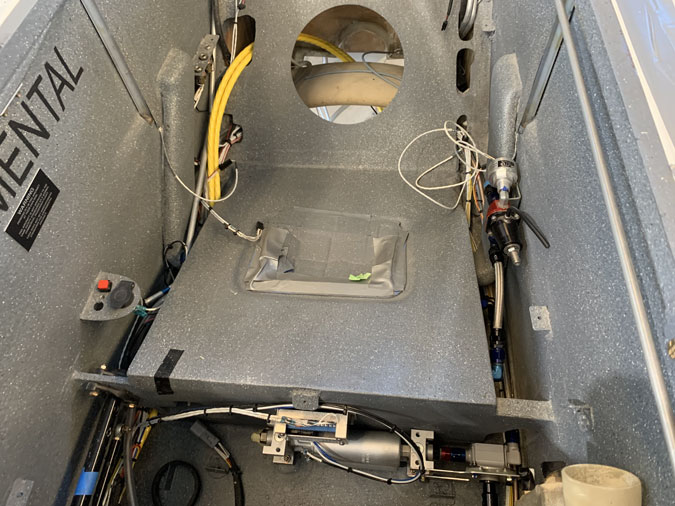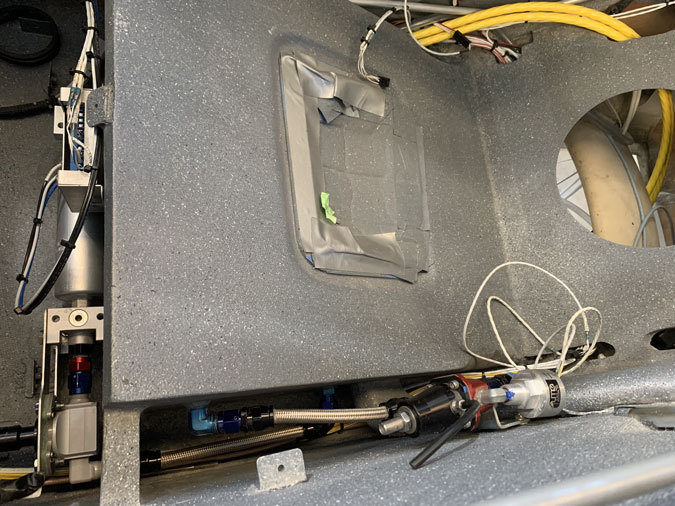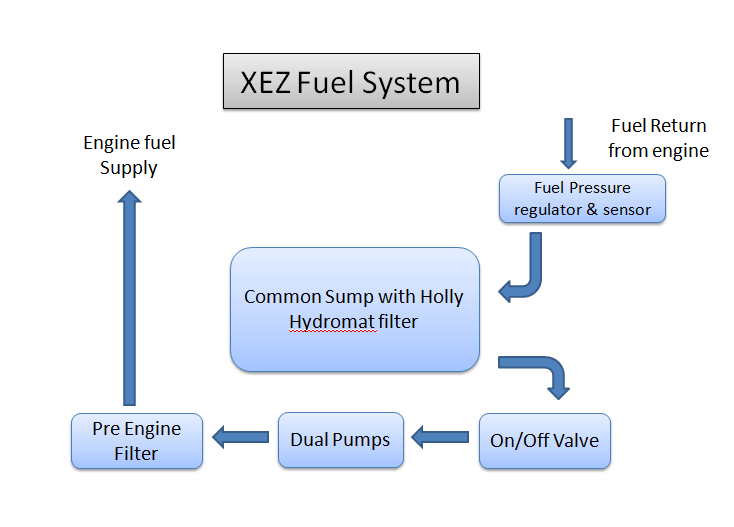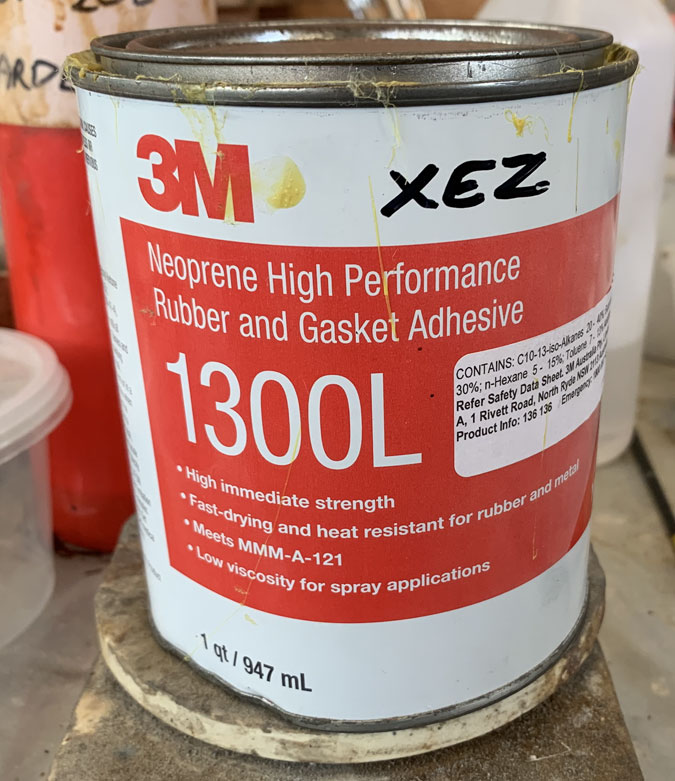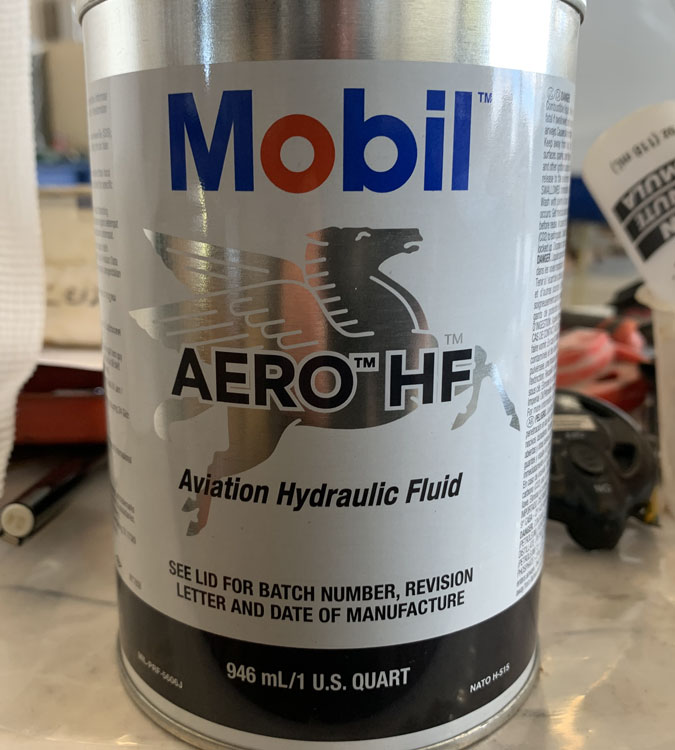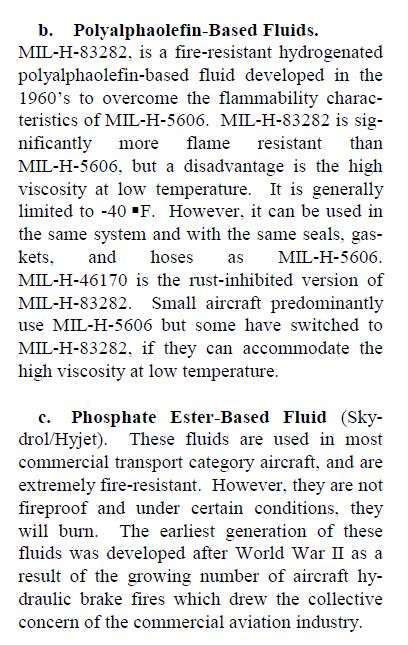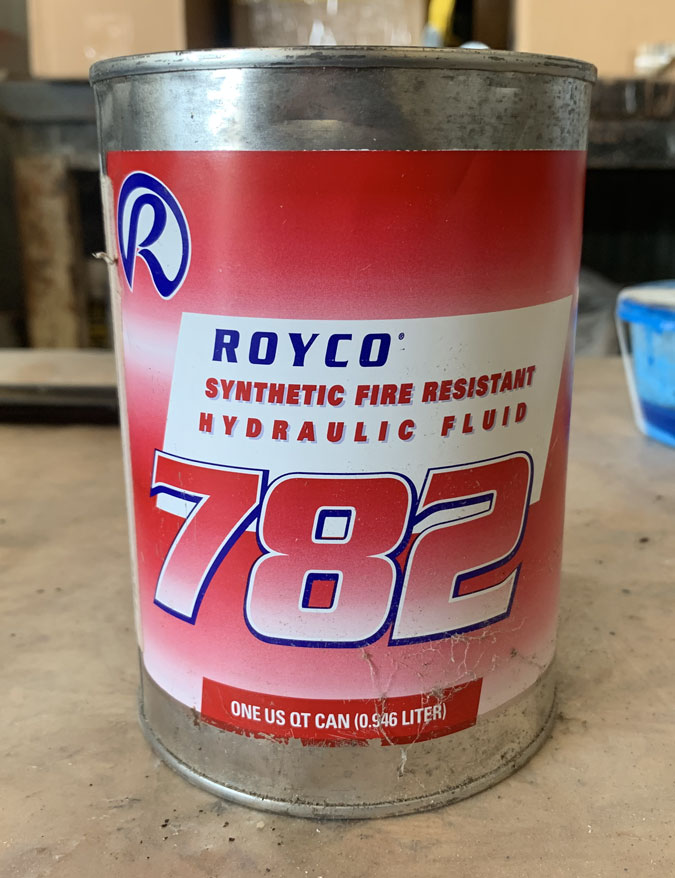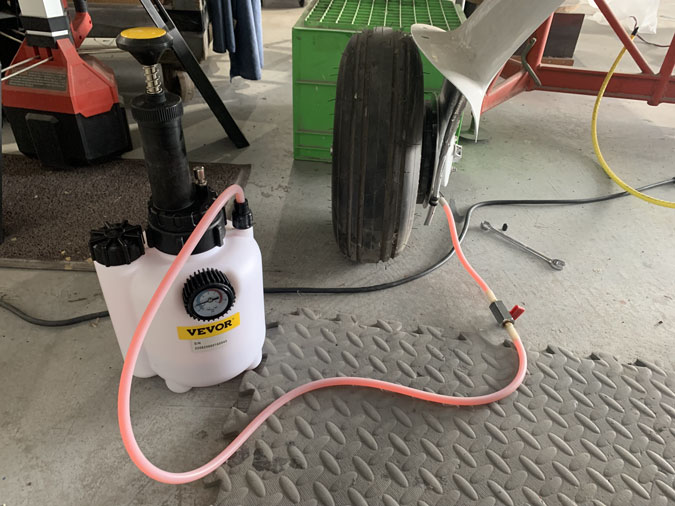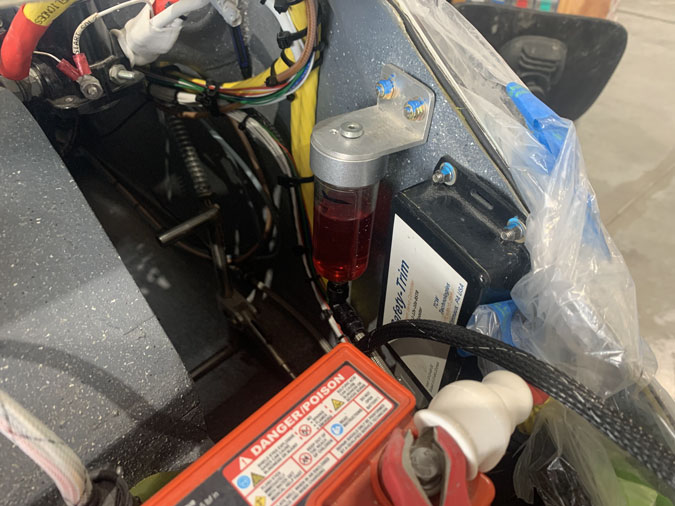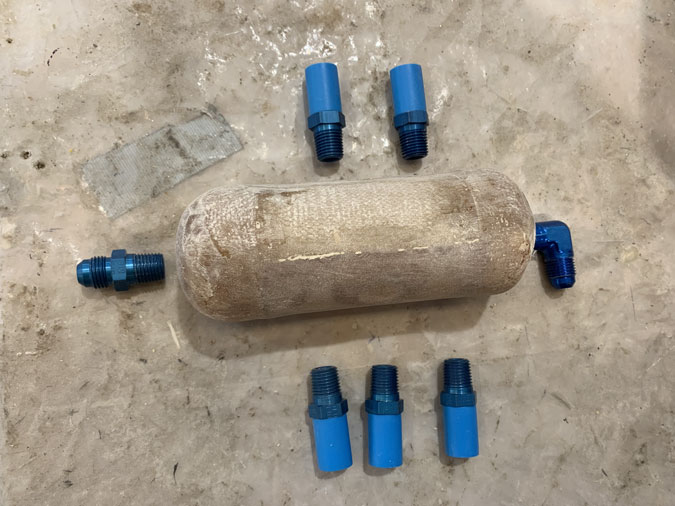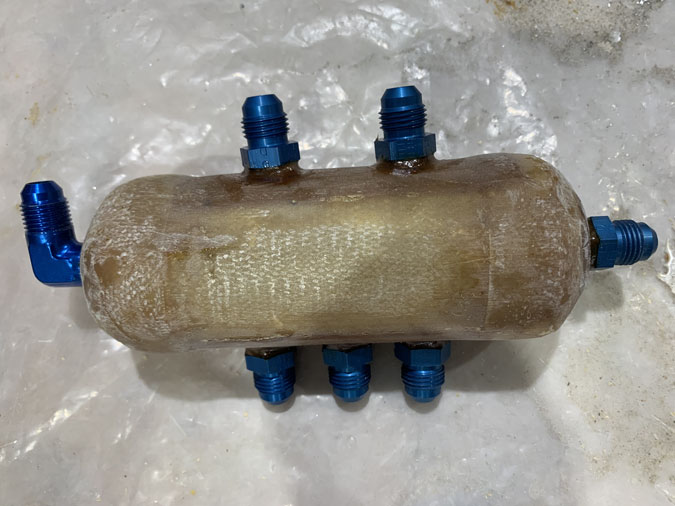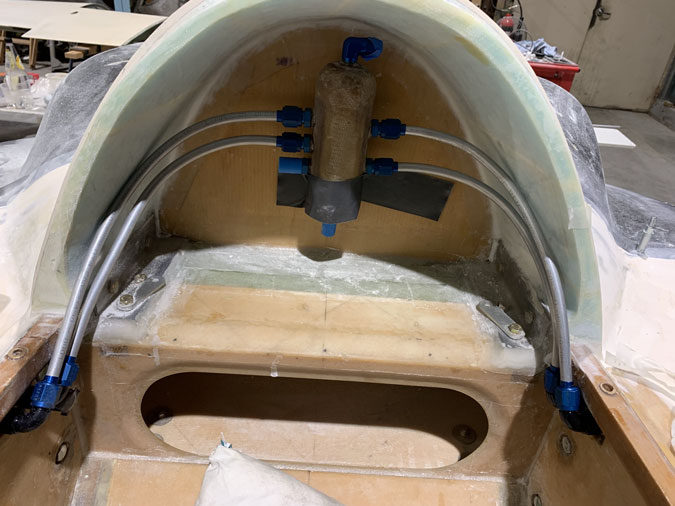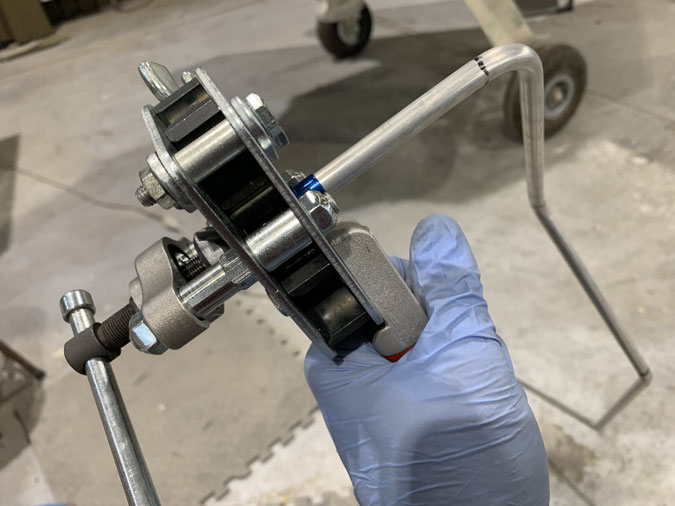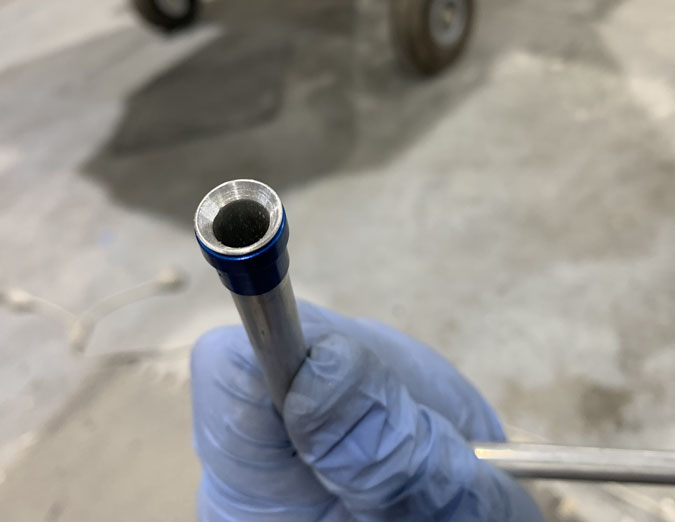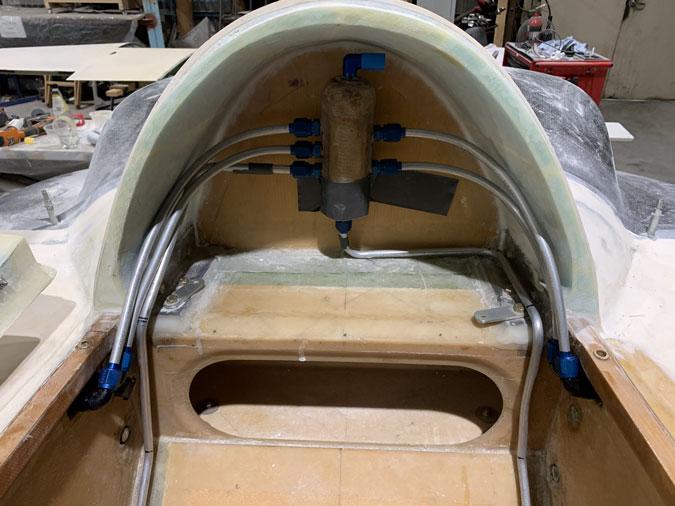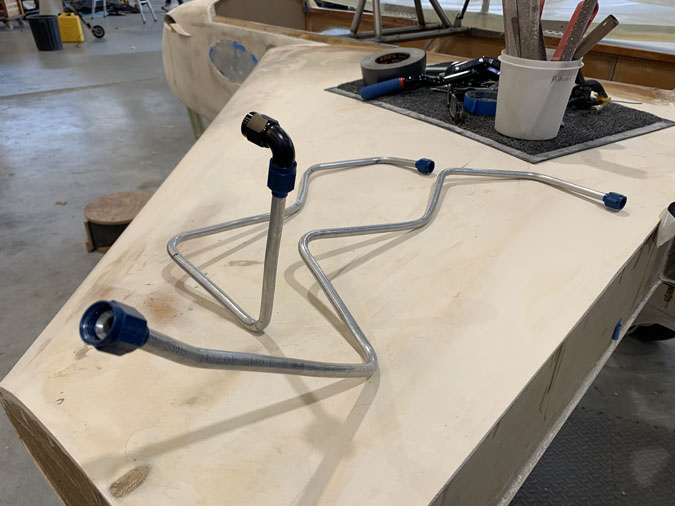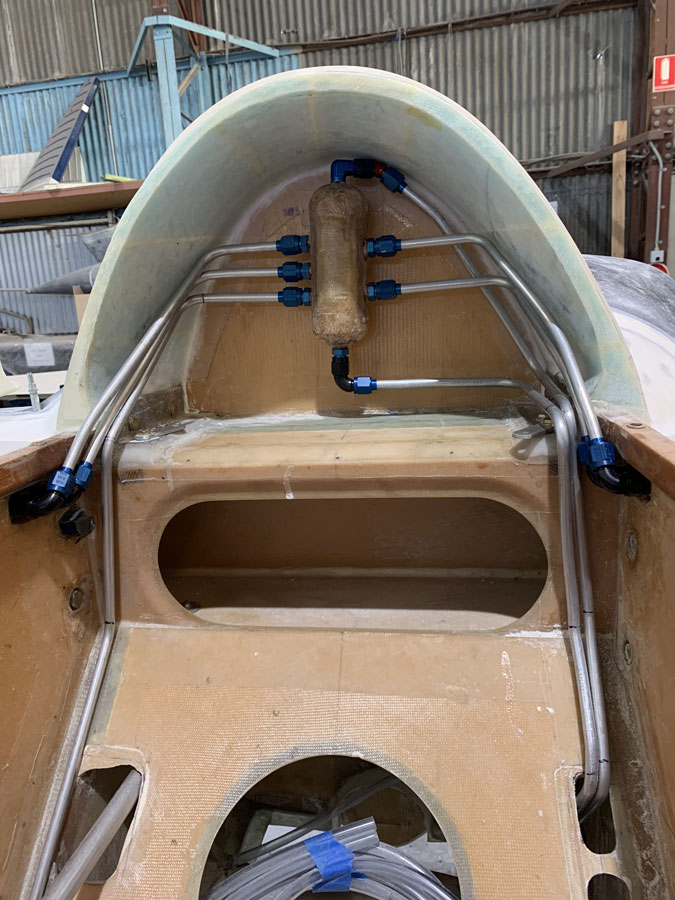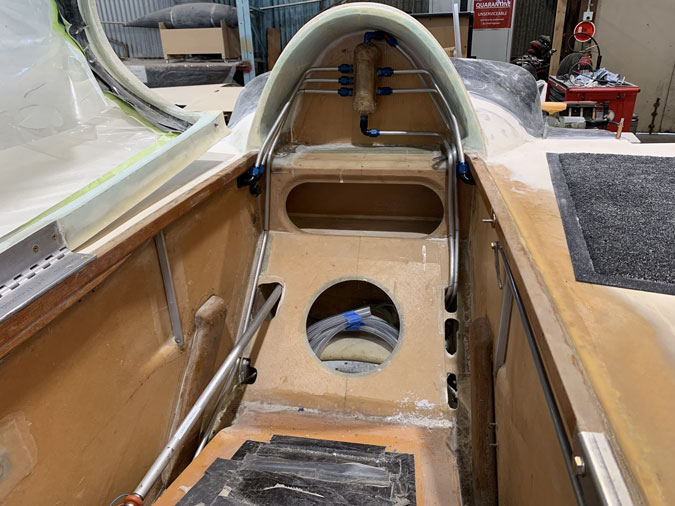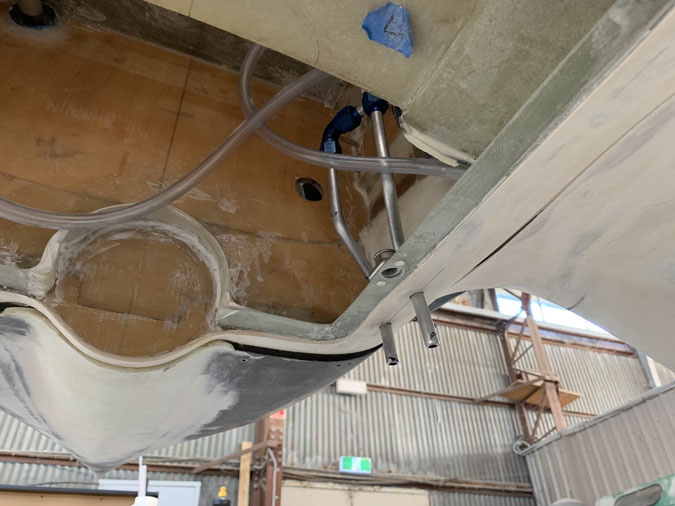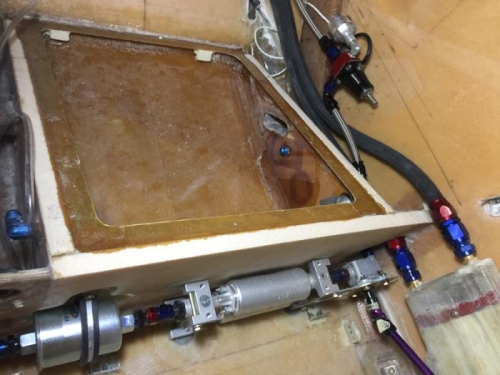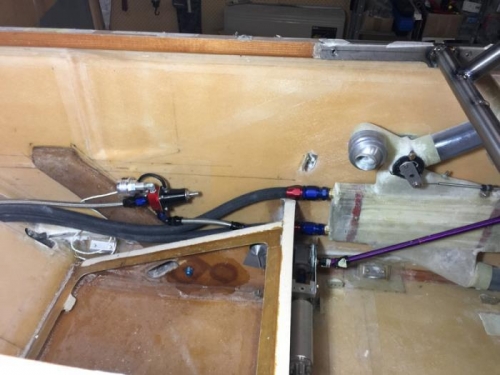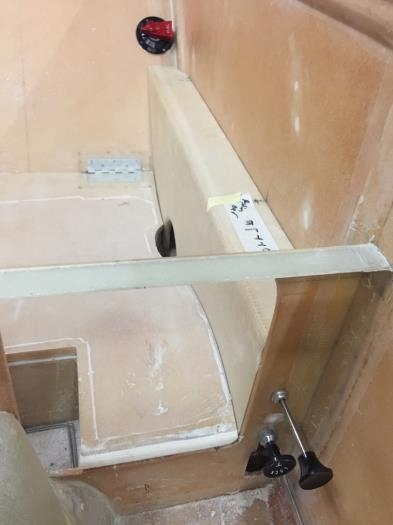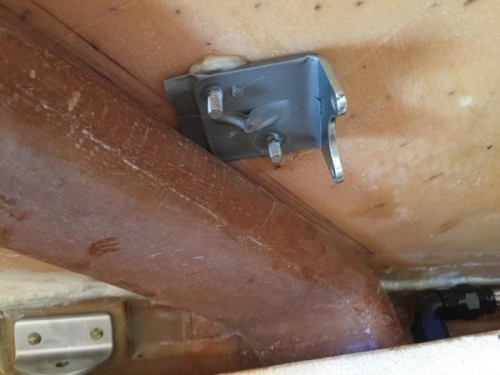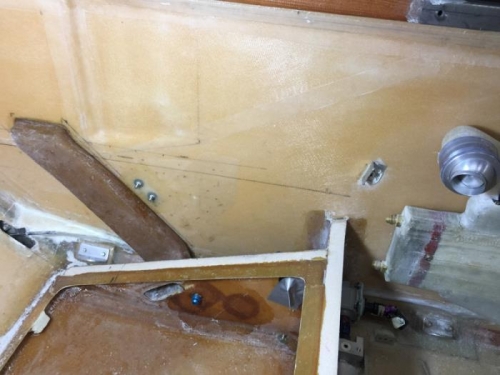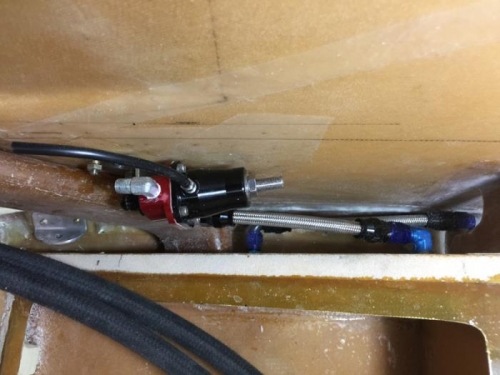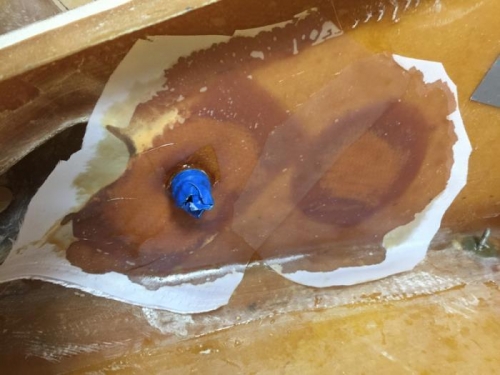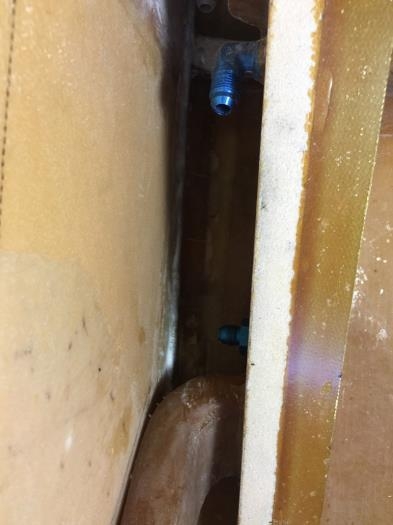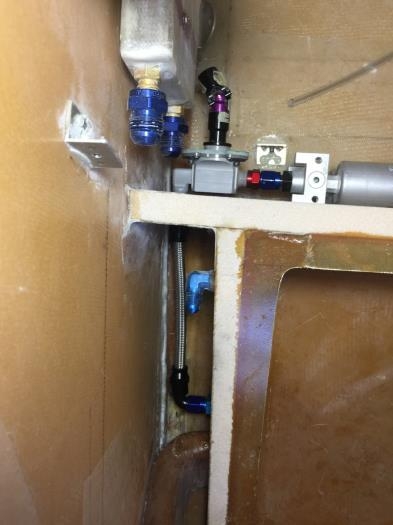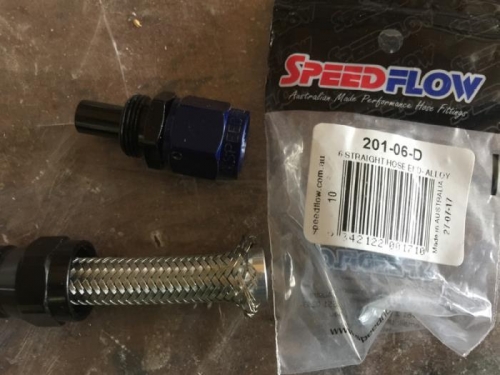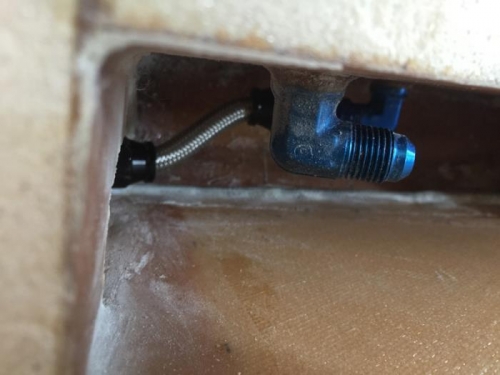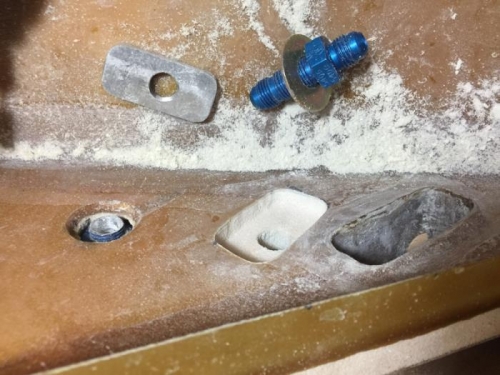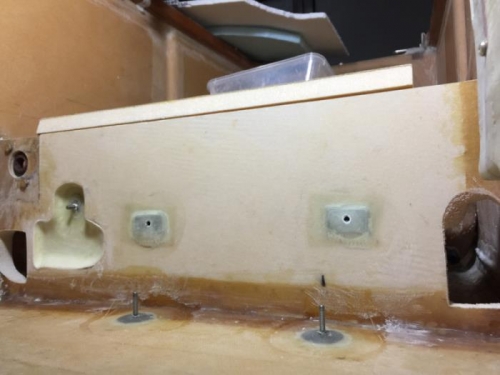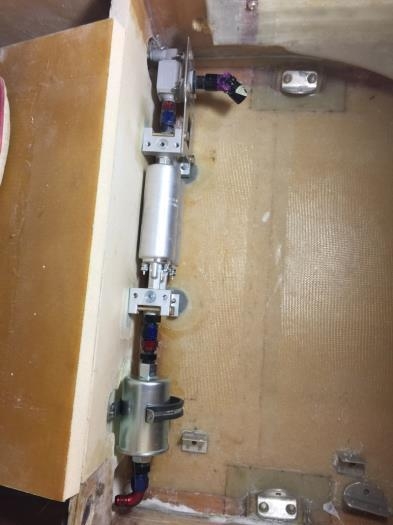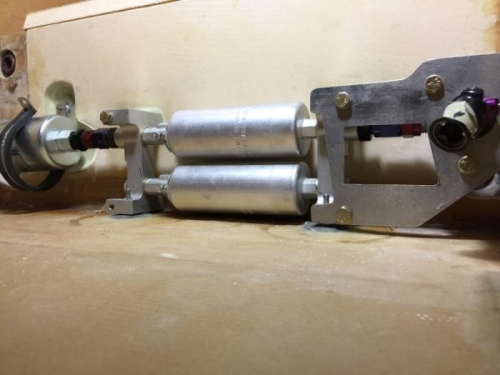| Date: 09-17-2024 | |
| Number of Hours: 14 | |
| Manual Reference: no ref |
These fuel level labels were tough to make. I put 14 hours down for the time, it was probably twice that.
This is what I set up when pouring fuel into the wings in 5 litre increments. The markings are every 10 litres.
Converting the marks on the tape to something I could print out in Word on my home printer took forever. It was very much trial and error. Print where the marks go and comparing this to the marks on my tape. You have to go from the top down and I was increasing or reducing the size of the spaces one point at a time. Then I’d print and check my work. There were eight labels to do!
This is printed out on yellow cardboard. I played with the angles on the rear one as a sort of triangle mount like Toblerone chocolate.
The front labels on this angle took a bit of head scratching to make something printable. Angling the text didn’t seem easy at all but a graduated number set to a line worked well.
I’m skipping a few steps here. I found some CriCut inkjet clear printable labels that you then apply a plastic coating to. The material I’m mounting on is G10, a compressed fiberglass that is quite strong. I had some very thin stuff left over from an earlier part of the build. I’m using this as just gluing a label onto the fuselage side would end in tears. The surface is too rough with the textured paint. Better to mount on a solid smooth background and silicone that to the sides. This also makes them easily removable.
Next up I painted the back of the G10 yellow to highlight the numbers even more. I used grey paint for the front or ‘nose down’ labels.
The pic is two sides of the triangle. I’ve taped them together and then run superglue down the seam. Next I used some powder that soaks into the glue and makes a really strong join.
This is pour foam to fill the triangles. I want a backing surface for mounting.
Here’s the finished result ready for mounting.
The angle is so I can see it from the front seat. The grey label in the front is when the nose is down. You might look at this during refuelling. Its not something relevant in flight where the nose is slightly above level. Probably around 2 degrees. I’ve done my calibrations at 0 degrees. Flight tests will determine if this is an important difference. If it is, I can move the back or inflight label scales
The front seat was challenging but here we are. Readable fuel levels. Overall I am not happy with my work. I will get it done more professionally some time later using stuff called Traffolyte. For now it is a massive upgrade from a bit of tape!

